Gladius Sword: A Guide on the Roman Short Sword
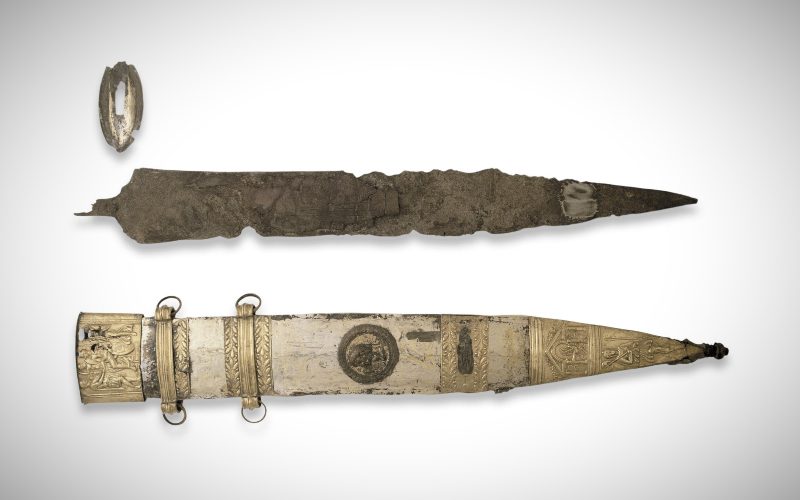
What’s in this article?
One of the primary weapons of the Roman legions, the gladius
Different Types of Roman Gladius Swords
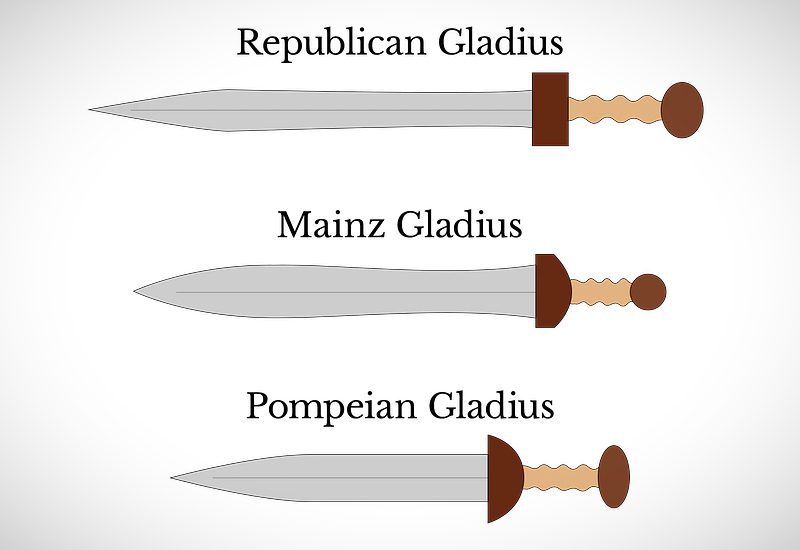
The Roman gladius underwent a series of changes during the years of Republican and then Imperial Rome. It evolved from the long-pointed variant into a short-pointed type with parallel edges. Here are the three types of the Roman short
1. Gladius Hispaniensis
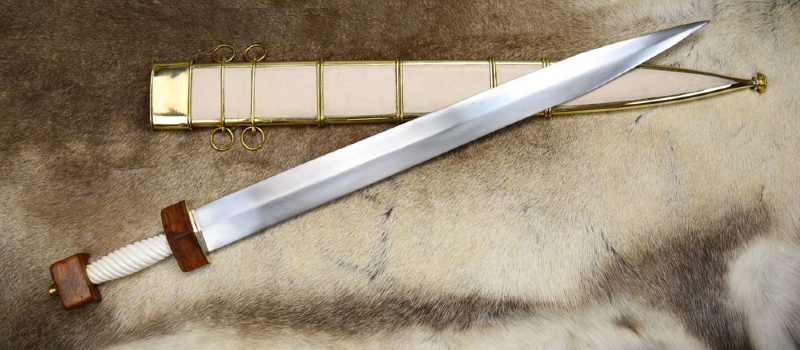
The “Spanish
2. Mainz Gladius
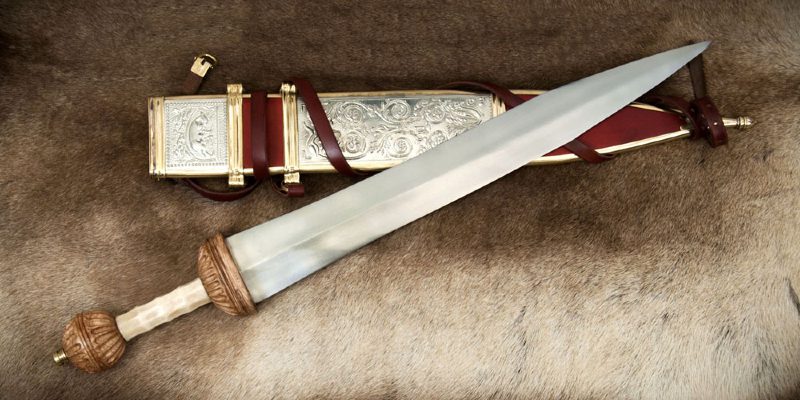
Also known as the Fulham gladius, the Mainz gladius was a shorter and stockier
3. Pompeii Gladius Sword
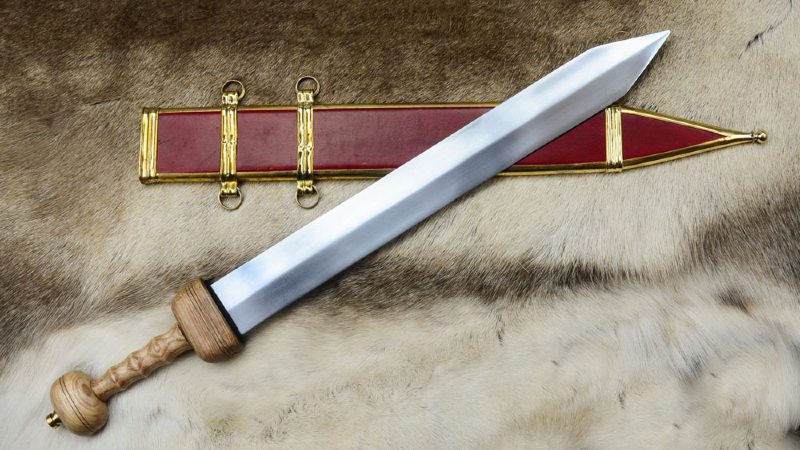
By the 1st century CE, the Pompeii gladius replaced the previous two types, having parallel cutting edges and a short triangular tip. Modern writers named it Pompeii after a few
The Roman short
Characteristics of the Roman Gladius Sword
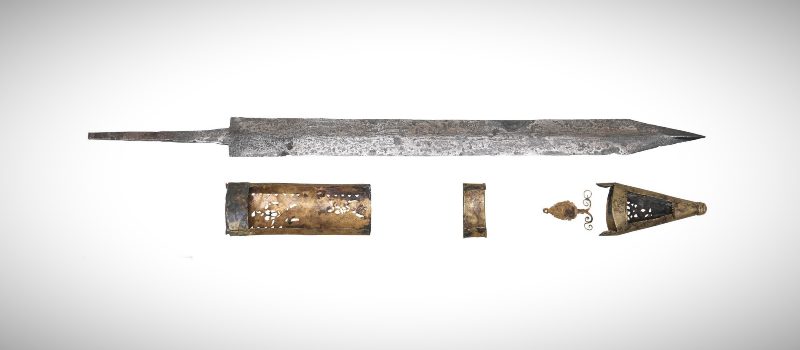
The Roman gladius was a type of short
Metal and Construction
The cross-sections of the gladius blade suggest that there was no way of forging it. The Roman swordsmiths used the so-called piling technique by forge-welding harder high carbon steel edges to softer cores to create a strong and flexible blade.
Blade Shape and Appearance
Based on the gladius Hispaniensis, the Roman short
The blades typically featured a central ridge, but the advanced techniques later used on the spatha, like pattern welding, were not used for the gladius. With its sharp point, the
Size and Length
Throughout history, the Roman gladius continued to reduce in size. The earliest type had a blade length between 64 and 69 centimeters, but later examples were about 42 to 55 centimeters long. The Pompeii gladius was the smallest and the lightest of the three blades. However, the blades of later Roman swords, such as the spatha, were significantly longer.
Sword Mounting
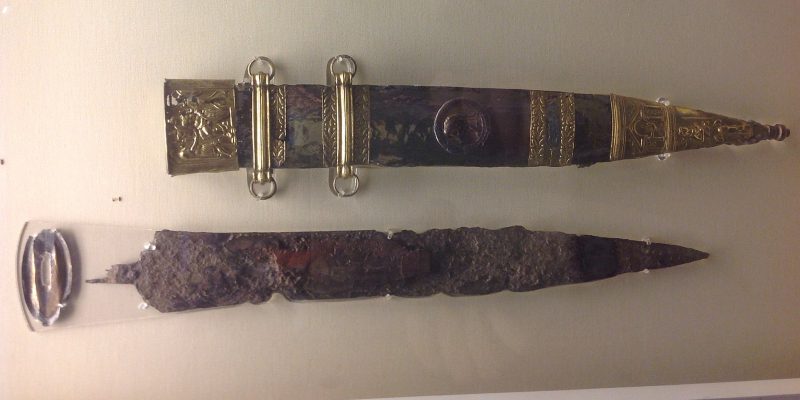
The Roman
Facts About the Roman Sword
The term gladius, plural gladii, is a Latin word for
The gladius served as both a stabbing and slashing weapon.
A Roman legionary (an armored foot soldier) fought with the short
The Roman soldiers wore their gladius swords on their right hip, not their left.
Drawing the
The Roman centurion wore his gladius on his left.
The Roman centurion was a commander of a centuria—a unit that consisted of 100 men. A Roman legion had 60 centurions, who distinguished themselves from lower-ranked soldiers by wearing their gladius on their left. A commander typically drew his centurion gladius across himself to achieve the same end. During the time of Julius Caesar, centurions already wore their gladius on the left side of their body, as shown on their gravestones the next century.
The Roman legions had a strategic attacking formation.
The Roman legions were the most feared fighting force in the ancient world. The leader who carried the battle standard or the military flag led the attack, followed by gladius-wielding legionaries and supported by the spearmen. When archers and javelin-throwing troops disrupted the enemy, the foot soldiers would fight in close formation to overwhelm them.
The gladius swords were the personal property of soldiers—not by the Roman Army.
The Roman soldiers provided their own gladius
The gladius was just one of the weapons of the Roman legionary.
Apart from the short
The shield served as a complementary weapon to the
Unlike other swords, Roman swords cannot withstand metal-on-metal contact, so the soldiers never intentionally used them for parrying or warding off the opponent’s weapon. Instead, they fought with their shield as a complementary weapon to the gladius. Also, the short
Roman soldiers used wooden staves in training.
In mock battles, Roman infantry utilized double-weight wooden staves to wield real swords easily. However, no wooden training equipment has survived from the Roman period. Also, there are no surviving first-hand accounts and technical manuals on how the Romans used their swords.
The long
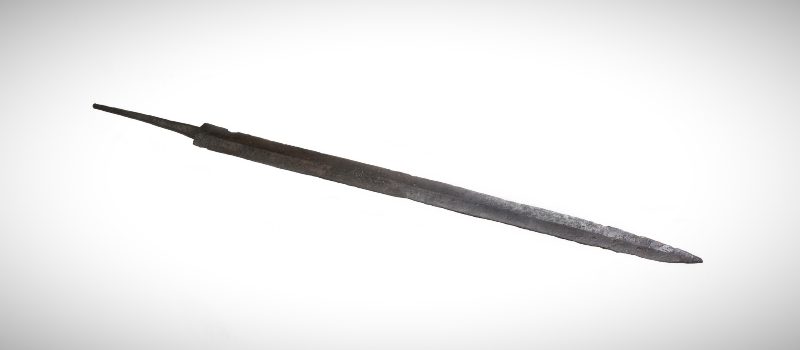
The short
History of the Roman Gladius Sword
The Roman gladius was the
The Spanish Origins of the Gladius Sword
The Romans believed that their short
During the Punic Wars of the 3rd century BCE, the Iberians, fighting as allies of the Carthaginians, used short swords. A shorter blade had an advantage over a longer blade, especially if an opponent had no space to swing his long
However, experts argue that calling the gladius ‘Spanish’ is inaccurate, as the Celtiberian warriors who used the prototype swords were linked to broader Celtic technological traditions of central and western Europe. More than that, the double-edged short swords with a long point had a long history even before the Romans arrived in Spain.
Evolution of the Gladius Sword
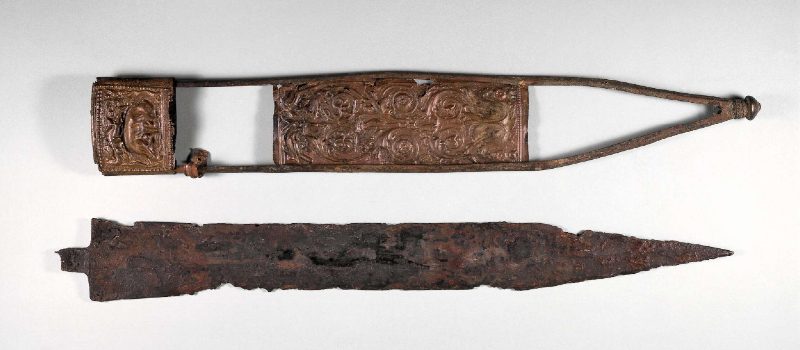
By the Early Imperial Period, the blade length of the gladius
However, the shorter
Gladius in the Gladiatorial Arena
Gladiatorial fighting started in the 3rd century BCE at private events, but it developed into public games played in arenas. The Roman gladiators were prisoners, volunteers, or slaves who fought for entertainment. Repeated victories brought freedom to the slaves and social standing for the volunteers.
Since some Pompeii-type swords were found in the gladiatorial barracks, many have regarded it as a gladiator
The Decline of the Gladius Sword
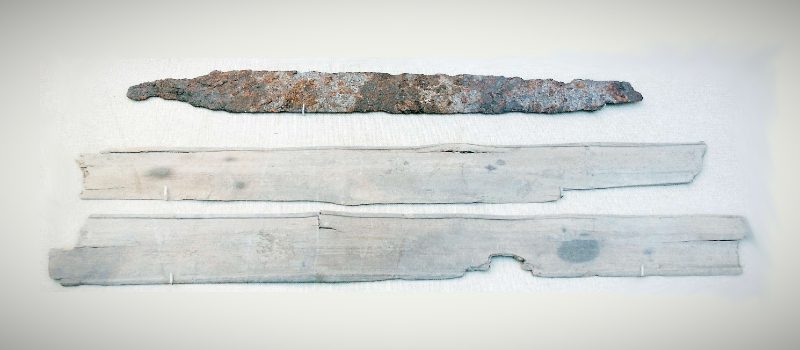
The short
Since a longer blade was more challenging to draw from the right, soldiers carried their swords on their left hip. However, the cavalry remained to carry them lower on their right hip. In the 3rd century CE, a semispatha, often a cut-down spatha, came into use, suggesting the return of the short
The Early 19th-Century French Sword
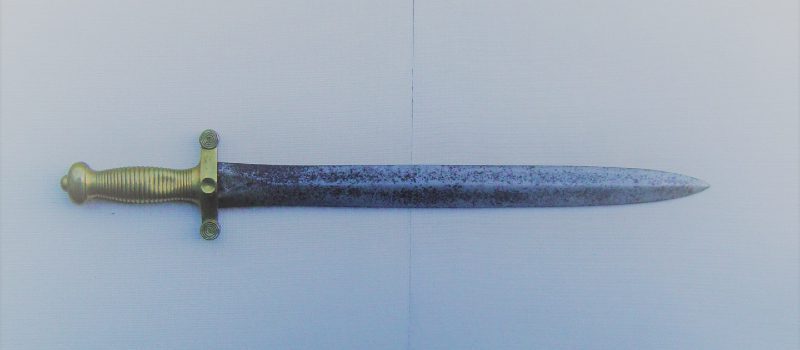
In 1816, the French infantry soldiers utilized a fascine knife modeled on the Roman short
With a blade length of about 48 centimeters, it is similar to its Roman predecessor but with a heavy blade, making it used less for combat. In 1831, the French produced a new version and it was later copied by the Americans.
The Roman Gladius Sword in Modern Times
Several European museums have at least one gladius in their collection, with the Sword of Tiberius as the most famous
In Pop Culture
Today, it is not uncommon to see modern reenactments of Roman battles, whether by Hollywood filmmakers or in live-action role-play (LARP) combat. There are several replicas of the Roman short swords often for display purposes and cinematic props. Today, modern-day swordplay gives the actual appearance of war and reminds us of the legacy of the gladius.
Conclusion
The gladius served as the deadly weapon from battles to the gladiatorial arenas of Rome. The short




